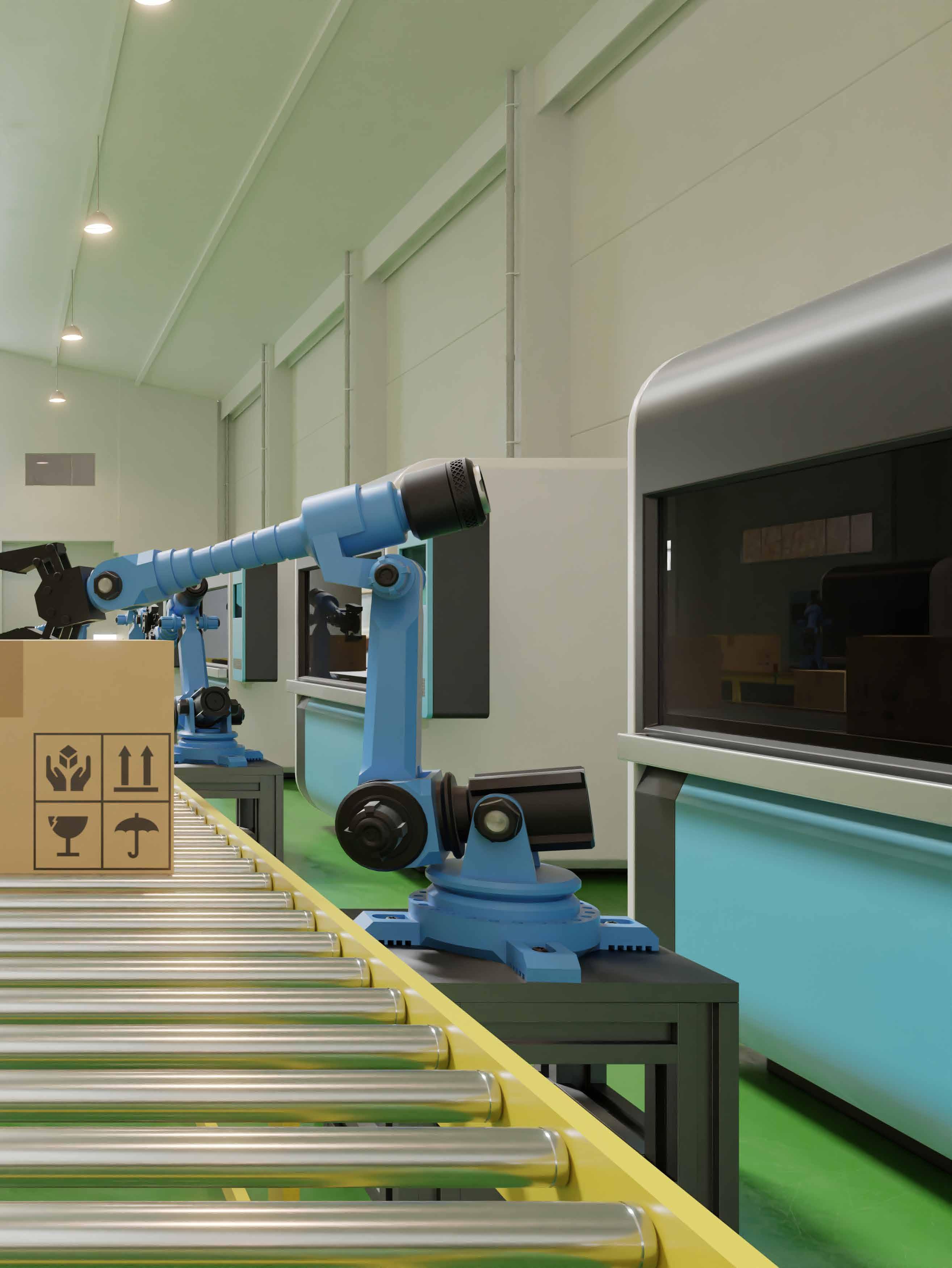
2 minute read
Automation, a leading enabler of the energy transition
By Aldo Santillan Managing Director and Editor in Chief, Energy Capital Magazine
Automation technology coordinates different systems and industrial platforms so they can act as a whole unified entity; it allows self-acting and self-regulating processes of industrial technology, thus enabling much greater performance in every industry.
Particularly in the energy sector, automation consolidates IT operations and minimizes the amount of manual intervention, increasing safety. Besides, it decreases output gaps and allows deep and thorough data analysis to make better and faster decisions.
As the energy industry transitions from hydrocarbons to cleaner energy sources, operators require a solid economic ground and a level of certainty to execute changes.
Considering that oil and gas will continue to play an essential role in the energy mix -even in the most aggressive transitioning scenarios- efficiency, safety, and quicker returns are critical to reducing the gap
from hydrocarbons to greener sources.
How do companies get into that position from where to launch innovation? With automation technologies.
Automation allows companies to increase resilience and sustainability, as it helps reducing failures in their operations. Notably, digital tools and software are providing this value to energy operators worldwide.
In addition, the pandemic has pushed companies to reduce personnel on critical tasks such as maintenance and security; with technologies like augmented reality and remote performance monitoring, corporations can boost their performance while keeping personnel safe. In turn, that change increases competitiveness, thus putting automation and digitalization at the forefront of companies’ growth strategies.
During the Offshore Technology Conference (OTC) 2021, executives discussed how automation and digitalization can significantly help in various areas.
Maria Bulakh, Specialist Subsea Systems & Digitalization with Aker Solutions, said in that regard, “Data integration and automation enables the betterment of all industrial processes, adjusts executions, and enables greater and faster returns. Also, through the use of data, an operator can unlock new focus areas and take decisions; however, only 7% of oil executives have realized this huge potential.”
As investors, stakeholders, and public opinion demand evident and tracible sustainability and ESG agendas from energy companies, automation becomes one of the critical enablers for such transition. “Automation and Big Data connect workers that not necessarily are fisically close; it integrates the value chain and enhances asset design, which in turn delivers faster and greater efficiencies, both in operations and in financials,” Bulakh remarked.
Consequently, automation processes must be fully integrated into the energy assets from ground zero -such as design- to construction, operations, and maintenance. It creates a virtuous cycle that increases gains, both in financial and environmental aspects.
Finally, and particularly for drilling activities, automation and digitalization processes allow companies to secure investment and maybe even the whole future of a specific project.
Arno Van Den Haak, Head of Worldwide Business Development Energy for Amazon Web Services, discussed during the OTC event how the implementation of automation technologies can triple the gains of an oilfield without jeopardizing the safety much needed in subsea operations.
A clear example of this could be bp’s Atlantis oilfield in the Gulf of Mexico. Through the use of digital and automation tools, the company has managed to deliver cleaner and higher-quality hydrocarbons, maximizing profits and supporting the company on its energy transition pathway.











